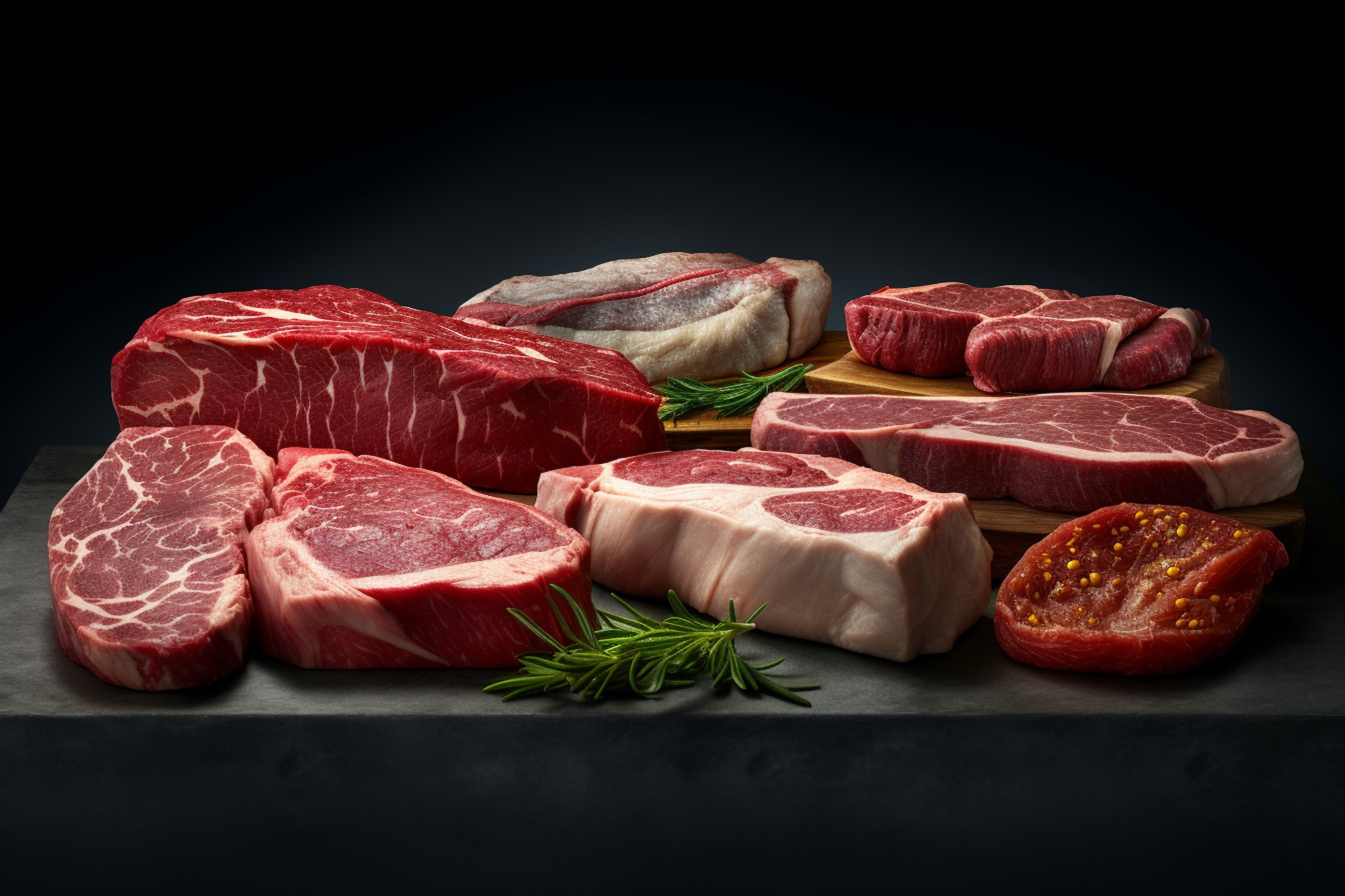Test of Time
Back in 2015, I talked about my concept of the Marketing Trifecta. I will explain what that is in a bit, but there has been a lot of buzz over the last 8 years about new tools that will revolutionize marketing.
I have seen so many of them try and fail, come and go, or slowly find their lane. But none of them have really revolutionized marketing like they promised to do when they hit the marketing scene.
Which ones have you tried?
- Inf
 luencer Marketing: You have to admire a 6-year-old kid making a million dollars promoting toys on YouTube. It's much more prevalent in the consumer space. For business? Not so much. Yet people try to equate posting tons of content with influencer marketing. People will pay attention to big brands with quality content, but also lose interest quickly.
luencer Marketing: You have to admire a 6-year-old kid making a million dollars promoting toys on YouTube. It's much more prevalent in the consumer space. For business? Not so much. Yet people try to equate posting tons of content with influencer marketing. People will pay attention to big brands with quality content, but also lose interest quickly. - User-Generated Content (UGC): If you could only get your users to share pictures of them using your product or service, their friends will have FOMO (Fear Of Missing Out). In B2b business, it has little or even an adverse effect. Businesses even offer gift cards and contests to entice reviews or engagement, but business people are too savvy to spend a 1/2 hour for $10 gift cards. Plus, I have taken that bait and never received that gift for my efforts. Fool me once… well, you get it!
- Live Video Streaming: It's still a thing, but COVID tamped it down. People became so Zoom-ed out, that getting people to show up to a live stream or webinar has become an uphill battle. Not only are you competing with on-demand content, but business people want short content for quick answers. The days of ‘Must See TV' have been replaced by ‘Watch Later Replay'.
- Voice Search and Voice-Activated Assistants: I have a podcast, so I tried to create an Amazon Flash. It's a daily tip you call up on Alexa. The audiences were small and dwindled quickly. Voice search peaked in 2021 and has been on the downswing. It's a challenge to get business people to voice search on their phones when they have coworkers around them.
- Chatbots and AI-powered Customer Service: This was supposed to reinvent the customer experience, but just like ChatGPT, the magic and success are all based on the user being able to ask the right questions. I even asked Chat GPT to help me with this post, and it told me that things have changed since 2021, so “Don't Trust Me”. Live chats have a delay in responses, and I have been kicked off only to start over when a notification, email, or phone call averted my attention.
The Power Of Numbers… (and Money)
 As I said, I coined the term “The Marketing Trifecta” in my book, “The Bacon System,” back in 2015. Although at the time I was working with solopreneurs and small businesses, it had limited success.
As I said, I coined the term “The Marketing Trifecta” in my book, “The Bacon System,” back in 2015. Although at the time I was working with solopreneurs and small businesses, it had limited success.
Once I started to apply the concept to larger B2b customers, it took off. AND… it's continued to stand the test of time.
It certainly increases the opportunity to get your messages in front of more customers, but at the same time, the internet is constantly changing while Google and Facebook are trying to one-up each other in the ads space.
 Facebook was touting Business Pages as a way to promote your business. They enticed you to add page likes so you could get more traffic. Then they lowered the number of people actually seeing your posts (from around 25% down to 2%). You could bring that back up by sponsoring posts, then advertising became the only way to go.
Facebook was touting Business Pages as a way to promote your business. They enticed you to add page likes so you could get more traffic. Then they lowered the number of people actually seeing your posts (from around 25% down to 2%). You could bring that back up by sponsoring posts, then advertising became the only way to go.
Google was tweaking its search engine to give people better results, while at the same time, fighting people who learned to hack SEO (search engine optimization). It created Google Business for local search, and again, started boosting people who advertised to the top of the heap.
YouTube is just another search engine for video, but they sell the ads inside or before the video is viewed.
As that helped to raise money for both Facebook and Google (which owns YouTube), they still need to entice people to use the platform organically, in order to provide eyes (and ears) to the ads.
So how did the “Marketing Trifecta” take off for B2b businesses?
The Trifecta
 The Marketing Trifecta is a system (The Bacon System). It focuses on delivering great content while not relying on advertising platforms (or at least not by paying for ads).
The Marketing Trifecta is a system (The Bacon System). It focuses on delivering great content while not relying on advertising platforms (or at least not by paying for ads).
The core concept is that your website is the best way to collect data. Better yet, it's the best way to start and maintain business relationships and generate conversations.
It starts by getting people to your website to consume that great content you create. That being said, you have to consistently create great content that people actually WANT to consume. To get people back to your website, you have to distribute digestible bites to get in front of as many eyes (and ears) as possible.
- Killer Website – A killer website has certain properties. It must have a laser-focused goal of providing a very targeted audience with a very specific amount of content that answers very specific questions.
The biggest problem with most websites is that they try to be everything to everyone. If people are confused, they will leave while still looking for their answer. New content (blog posts, videos, graphics) keeps your website fresh and relevant.
- Analytics – I manage over 100 analytics accounts for various industry websites. Google Analytics is not perfect, but it provides a benchmark. If you know how people find, enter, and exit your website, then you are doing better than most.
Where is your traffic coming from? What do they do when they get there? How much time do they spend on your website and what pages are they visiting? Social media provides analytics, but only for their platform.
- Great Content – Sharing other people's content is a great social media strategy, but creating original content (like this article) is a much better idea. Why? Because original content can drive people back to your website and can create relationships, conversations, and interactions that can lead to business.
Great content is in the eye of the beholder. If you can create answers to questions that real people have, you can spark interest and engagement. The problem is that not everyone is ready for it at the time it's most popular (when you actually first post it).
The Magic Wand
 Having great content on your website is great for your business. It's a resource and asset you own. The downside is that it's on your website. You have to get people back there to read it.
Having great content on your website is great for your business. It's a resource and asset you own. The downside is that it's on your website. You have to get people back there to read it.
Sure, you could post the entire article on social (just like this), but that is assuming that people are interested at the time they see it and interested enough to consume it at that time. Don't get me started on trying to get people to find it again by searching Facebook or LinkedIn.
The Magic Wand is distribution. If you can get a teaser, summary, or taste in front of a lot of people, you increase the chance that people will engage.
Social media is something that you don't own and control. Email lists, on the other hand, are something you do. People can join your list on your website. You can also get them to follow you on social media.
The magic happens when someone sees a teaser on social media and then gets an email with the same message. That also works in reverse. Someone may get an email and then click on the social media post.
It may sound counterproductive to shotgun the messages on multiple platforms, but it can take several views, at just the right time to get people to click and consume.
Final Thoughts
 The Marketing Trifecta is the foundation of having a place for people to engage with you and your business. It's built on creating and then distributing content to a targeted audience.
The Marketing Trifecta is the foundation of having a place for people to engage with you and your business. It's built on creating and then distributing content to a targeted audience.
It assumes that you don't need thousands (or millions) of small sales (consumer marketing), but a small amount of sales of thousands (or millions) in value (B2b marketing).
Next up, I will show you why you have multiple advantages already in your business that can amplify your reach and measurably increase your chances of success.
“Once you figure out what respect tastes like, it tastes better than attention. But you have to get there.
– Pink
Comment below and share your thoughts, ideas, or questions about how you create and distribute content for your business. Do you love typing on text bots? How often do you click social ads? Do you want to become an influencer in your space? Why do we expect others to do what we don't like to do?
To learn more about this and other topics on B2b Sales & Marketing, visit our podcast website at The Bacon Podcast.








